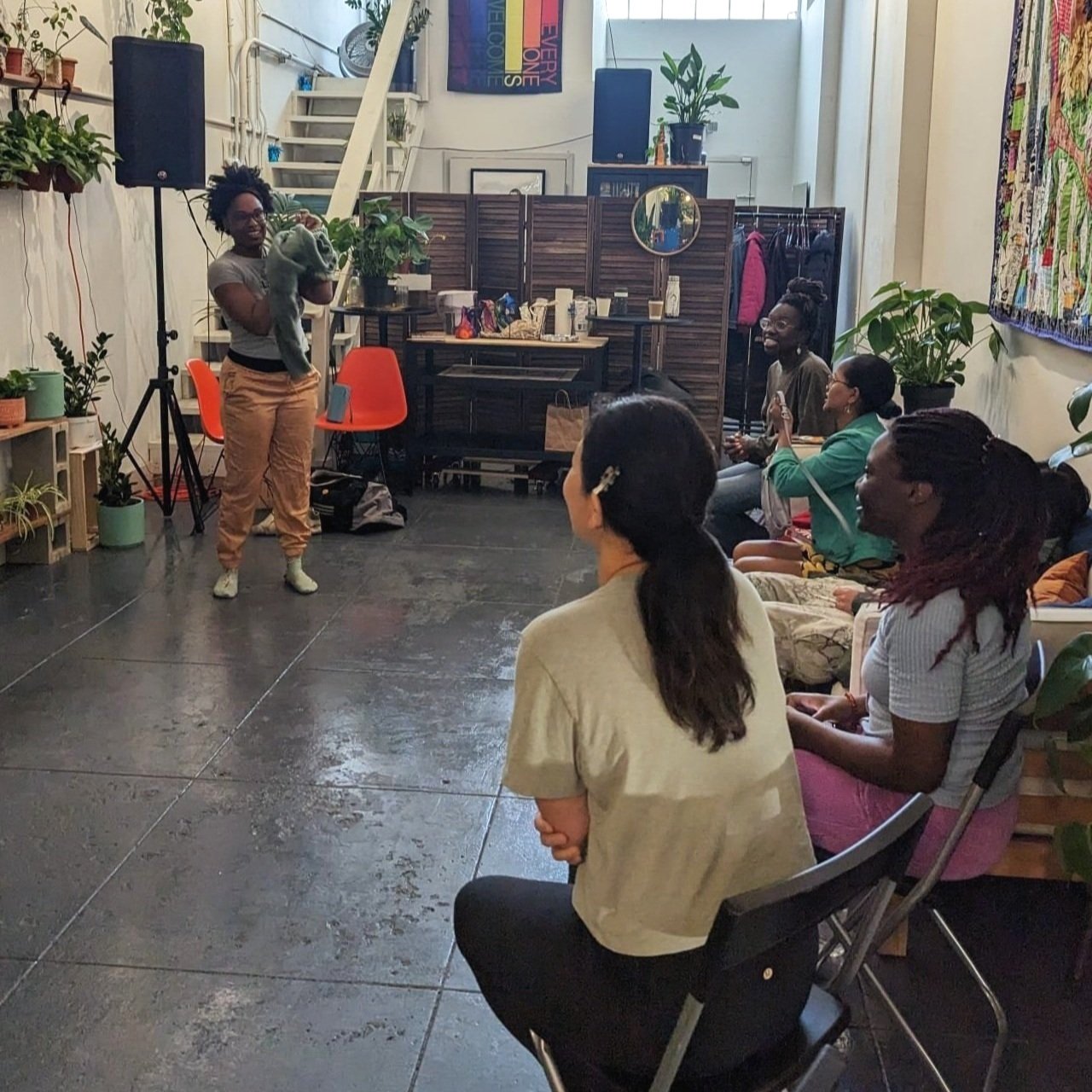The Five Biggest Retreat Planning Mistakes & How to Solve Them
Planning a company retreat is an exciting endeavor that holds the promise of team-building, innovation, and renewed energy. However, without careful consideration, intentional, and creative planning, it's easy to stumble into common pitfalls that can undermine the retreat's effectiveness. In this post, we'll explore five major mistakes companies often make while planning retreats and provide practical solutions to ensure your next retreat is energizing, inspiring, and effective.
1. Lack of Clear Objectives
Mistake: Failing to establish clear goals and objectives for the retreat.
Solution: Clearly define the purpose of the retreat and the specific outcomes you hope to achieve. Align activities with these objectives.
In the rush to organize a retreat, it's easy to overlook the fundamental step of defining clear objectives. Without a roadmap, the retreat can lose focus and fail to deliver meaningful results. Start by asking: What do we want to achieve through this retreat? What does success look like? A team bonding retreat will look very differently than a strategic planning retreat!
An objective of this retreat was for staff to build connections, so the agenda had multiple activities where staff could deepen their understanding of one another.
2. Overloading the Schedule
Mistake: Planning a schedule that is too packed with activities, leaving little time for reflection, relaxation, or connection.
Solution: Allow for breaks and downtime to prevent burnout. Strike a balance between structured sessions and free time.
While it's natural to want to maximize the retreat experience, an overloaded schedule can lead to exhaustion and hinder genuine connection. Remember, the magic often happens during moments of relaxation and informal interactions. Build in breaks, free time, and activities that allow team members to unwind and recharge. This is where the clear objectives will help you wittle down to the most important activities. Also remember to build in buffer time for any conversations or discussions that could potentially go overtime (most of the time they will!)
It was important that this Creative Wellness Retreat provide ample time for rest and relaxation.
3. Neglecting Follow-Up Plans
Mistake: Forgetting to establish follow-up plans and actions after the retreat.
Solution: Develop a plan for integrating lessons learned and ideas generated during the retreat into the team's day-to-day work. Assign responsibilities for implementing changes.
The true value of a retreat lies in its long-term impact on the team. Without a plan for follow-up, the insights gained and goals set during the retreat risk fading away. Assign specific responsibilities for implementing changes, set milestones, and establish a system for ongoing feedback to ensure that the retreat's impact endures. This needs to be protected at the end of the retreat instead of something that gets rushed because everything else went over.
Dividing up tasks after a brainstorming activity to continue moving ideas forward after a workshop on building inclusive teams.
4. Choosing the Wrong Location
Mistake: Selecting a venue without considering the team's needs, preferences, and the goals of the retreat.
Solution: Solicit feedback and advice from team members to help choose a location that aligns with the retreat's purpose, provides necessary amenities, and offers a conducive environment for collaboration.
The location sets the tone for the entire retreat. It's not just about aesthetics; it's about creating an environment that supports the goals of the retreat. Consider factors like accessibility, facilities, and the overall atmosphere. A well-chosen location enhances the retreat experience and contributes to its success. A location might also determine food options so consider that carefully so that team members can be fed and nourished based on dietary restrictions. Also, consider if the space feels inclusive to all identities, especially staff members from marginalized backgrounds.
This outdoor amphitheater space created a supportive environment for a somatic session with a group of Indigenous park rangers at Mesa Verde National Park.
5. Relying on a Team Member to Plan the Retreat
Mistake: Planning a retreat is a demanding task that may create stress and strain on the internal team or team member and limit their ability to participate.
Solution: Depending on the scale of the retreat, consider hiring an outside facilitator to lead the retreat so everyone can participate.
While internal team members may have a deep understanding of company dynamics, relying on them to plan the entire retreat can lead to burnout and hinder their ability to fully engage. Hiring an external facilitator brings a fresh perspective, professional expertise, and ensures that everyone can actively participate in the retreat.
Each year we invite an external facilitator to lead one of our performance workshops for our storytelling experience for women of color, ‘this is my body’.
With more workplaces going remote, the team retreat has been a valuable opportunity for team members to connect on a deeper and personal level. It is also an opportunity to be innovative, creative, and excited about your work again. By avoiding these common mistakes and implementing the suggested solutions, your team’s retreat can become a transformative experience that strengthens team bonds and propels your organization towards its objectives and goals. Hopefully, avoiding these pitfalls will also make your retreat more fun and an event that team members actually look forward to.
Need help designing or facilitating your retreat? Let’s partner together!





